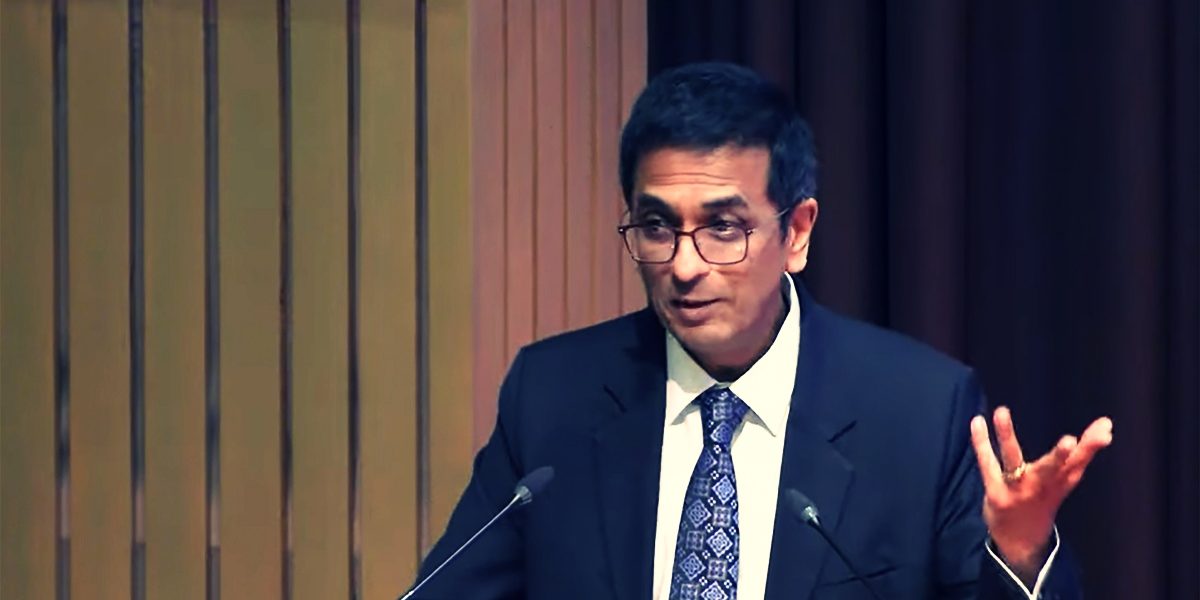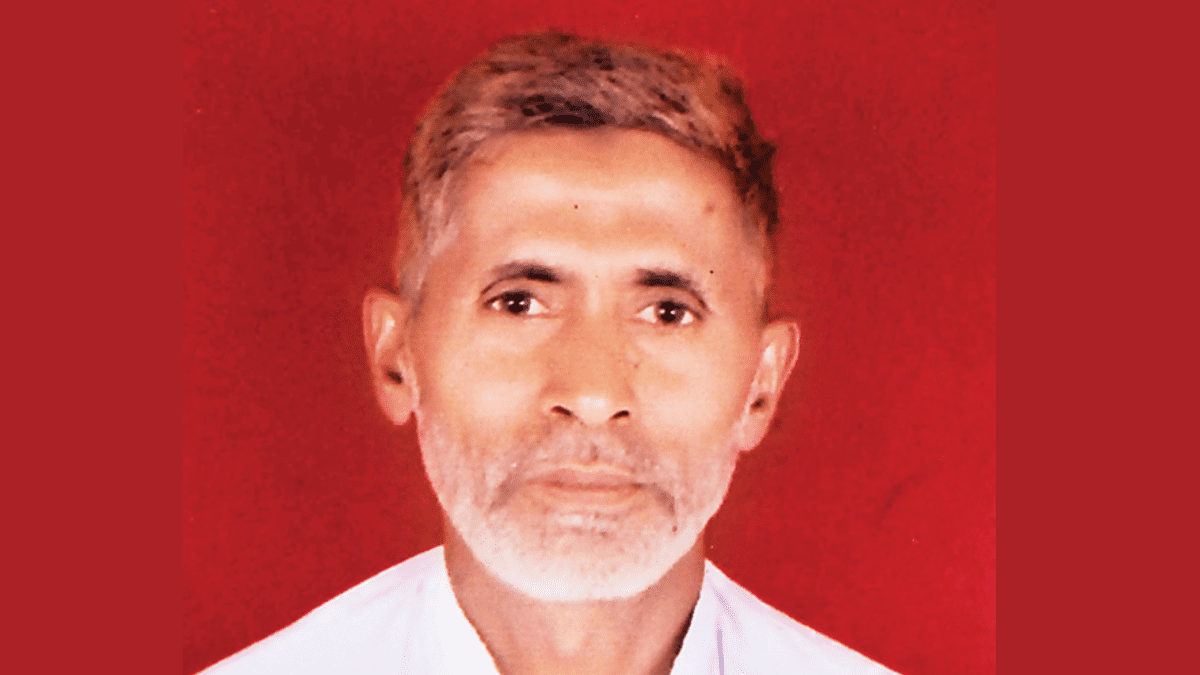
By The Wire Staff
New Delhi: Contrary to the Ayodhya judgement of the Supreme Court in 2019, former Chief Justice of India (CJI) D.Y. Chandrachud has spawned a fresh controversy by stating in an interview to Newslaundry that “the very erection of Babri Masjid (in the 16th century) was a fundamental act of desecration.”
Justice (retd) Chandrachud was a member of the five-judge bench led by the then CJI Ranjan Gogoi which, in November 2019, had given the green signal to build the Ram temple at the disputed site in Ayodhya.
In the judgement though, the bench had underlined that though the Archeological Survey of India (ASI), in its report had stated in its findings that there existed a structure under the mosque, there was no evidence that the structure was demolished to build the Babri Masjid and that there was a gap of several centuries between the underlying structure and the mosque.
However, in an interview to Sreenivasan Jain of Newslaundry published this September 24, Chandrachud said, “There was adequate evidence from the archaeological excavation. Now, what the evidentiary value of an archaeological excavation is what a separate issue altogether. All that I want to say really is this, there is evidence in the form of an archaeological report.”
The former CJI’s controversial response was to a question asked by Jain: “The argument there is, the idea that the inner courtyard (of the mosque) was contested was a result of also the Hindus committing illegal acts like desecration and creating disturbance; the fact that the Muslims did not do that in the outer courtyard, they didn’t contest it, then becomes almost the ground to punish them. The fact that you didn’t put up a fight, while the Hindus did, actually weighs against the Muslims is actually one critical reading of the judgment.”
Chandrachud responded, saying, “When you said that it was the Hindus who were desecrating the inner courtyard, what about the fundamental act of desecration – the very erection of the Mosque. You forget all that happened? We forget what happened in history?”
Referring to the ASI’s report that there was an underlying structure from the 12th century of Hindu origin under the mosque, he called it an acceptance of what “happened in history” and as an “evidence”, adding, “.. how can you (then) shut your eyes? So, what is really being done by many of these commentators, that you referred to, is that you have a selective view of history, ignore evidence of what happened beyond a certain period in history and start looking at evidence which is of a more comparative.”
This story was originally published in thewire.in. Read the full story here.





